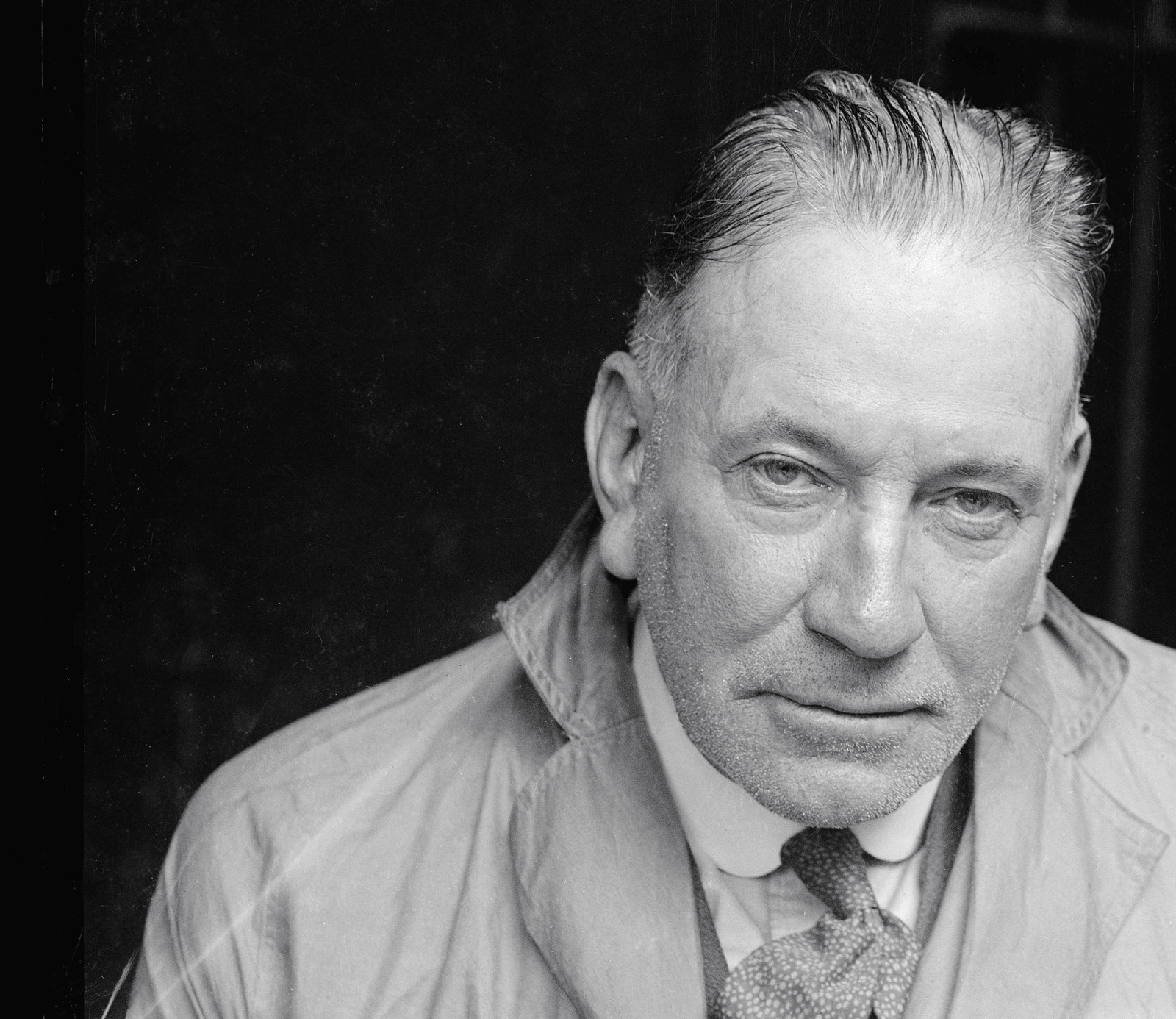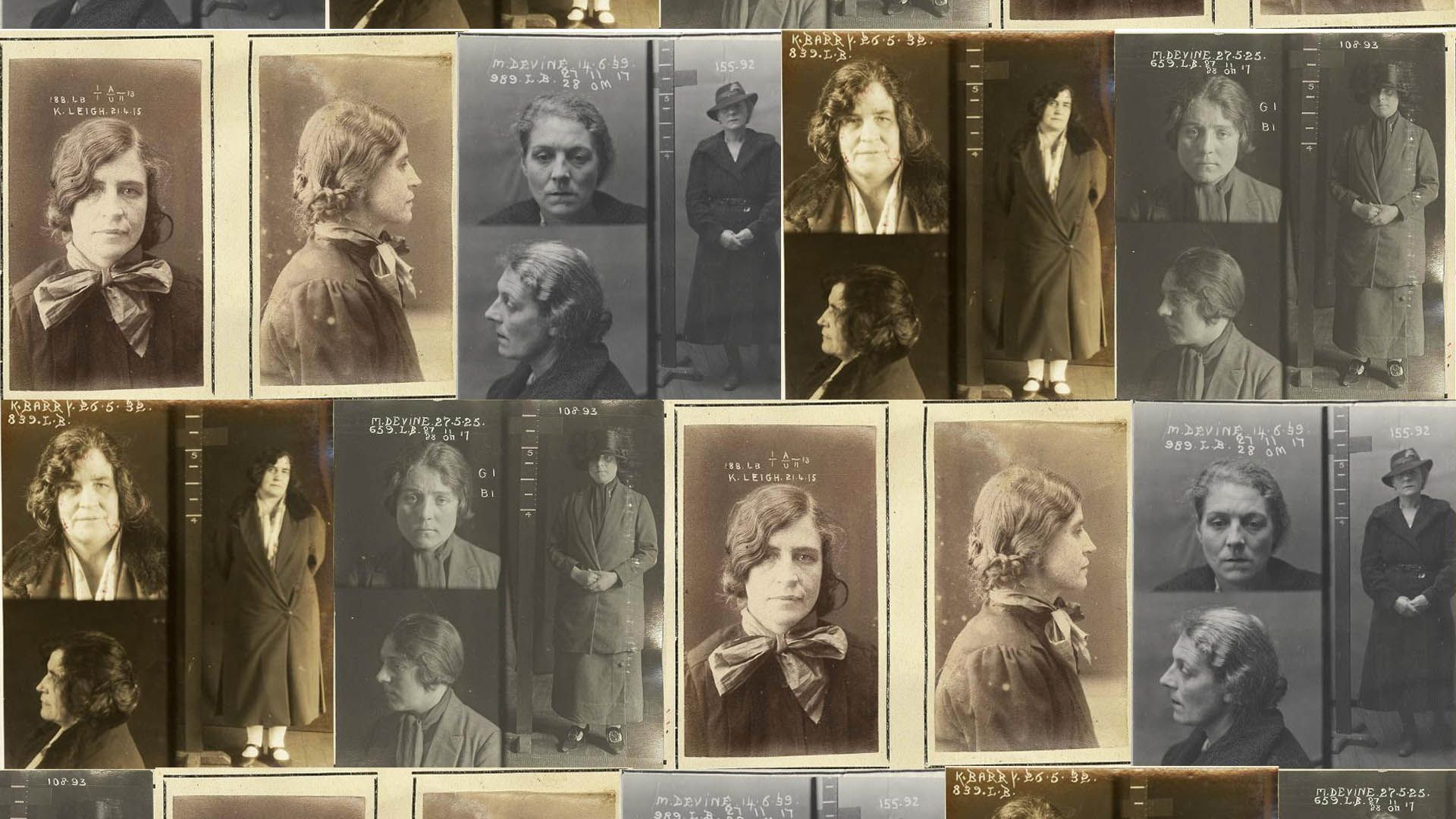Following in the footsteps of the Razor Gangs
Step into Sydney’s seedy underworld with Larry Writer, author of Razor: Tilly Devine and the razor gangs as he explores the mean streets of Kings Cross, Woolloomooloo, East Sydney and Darlinghurst as featured on his Razorhurst walking tours.
First location: El Alamein Fountain
Stroll today through the heritage-listed streets of Sydney’s salubrious inner east to a cafe, club, gallery or friend’s million-dollar flat, and the most calamitous thing to befall you would be, if you were very unlucky, stepping in designer-dog poo. Yet, unimaginably, in the early decades of the 20th century anyone venturing here – say into Darlinghurst Road where we’re standing now – could have been taking their life in their hands
In the 1920s and 30s, the area was one of the most dangerous in the land, the kingdom of the razor gangs and of their notorious leaders Tilly Devine, Kate Leigh and Norman Bruhn.
Kings Cross, Paddington, Darlinghurst, Surry Hills and Woolloomooloo were sprawling slums of unsanitary, ramshackle Victorian terraces and makeshift shacks teeming with criminals, drunks and drug addicts, and those too desperately poor to escape via the new transport networks to the city’s burgeoning outer garden suburbs like Strathfield, Chatswood, Gordon and Rockdale.
The death rate in the inner east was 20 per cent higher than anywhere else in Sydney, and no wonder, for it was home to rampant disease, rats the size of cats, and razor-wielding gangsters who turned the labyrinthine alleys and dunny lanes into bloody battlefields and gave East Sydney the nickname Razorhurst.
The newspapers of the day, The Sydney Morning Herald and especially the Truth, covered the razor gangs with as much enthusiasm as they report on football and celebrities today. Here’s an editorial from the Truth in September 1928. The purple prose gives an idea of the hysteria of the era:
Razorhurst, Gunhurst, Bottlehurst, Dopehurst – it used to be Darlinghurst, one of the finest quarters of a rich and beautiful city; today it is a plague spot where the spawn of the gutter grow and fatten on official apathy. By day it shelters – in its alleys, in its dens – the underworld people. At night it looses them to prey on prosperity, decency and virtue, and to fight one another for the division of the spoils. This newspaper demands that Razorhurst be swept off the map, and the Darlinghurst we knew in better days be restored. It demands new laws, and new strength for their enforcement. And it points, for convincing and horrifying evidence, to the crimes already to Razorhurst’s discredit. Recall the human beasts that, lurking cheek by jowl with decent people, live with no aim, purpose or occupation but crime – bottle men, dope pedlars, razor slashers, sneak thieves, confidence men, women of ill repute, pickpockets, burglars, spielers, gunmen and every brand of race course parasite. Razorhurst grows more and more undesirable as a place of residence for the peaceful and industrious. Unceasingly it attracts to its cesspool every form of life that is vile.
PHEW!!!
The streets of Sydney’s inner east, where the gangs rampaged, are still there to be explored today. Darlinghurst Road, Macleay, Kellett, William, Palmer, Bourke, Forbes, Crown, Chapel, Cathedral and Devonshire streets, Barcom Avenue and Butler Stairs may have changed in many ways, but a number of the old buildings and thoroughfares retain a threatening miasma. So let’s go back to the bad old days …
Kings Cross Police Station
The long criminal careers of Tilly Devine and Kate Leigh were spawned by a series of well-intended but wrong-headed laws enacted by the NSW Government in the early decades of the 20th century. Designed to eradicate crime, they had the opposite effect. In their wake, vice became a growth industry as criminal entrepreneurs like Tilly and Kate cashed in by ensuring the ongoing existence of vices beloved of many Australians, such as frequenting brothels, using cocaine, all-day drinking, and gambling.
Tilly, Kate and their gangs simply went about giving the public what it wanted, and grew rich in the process.
One part of the law making it illegal for prostitutes to ply their trade on the street was that any man caught running sex workers would be jailed. The law made no mention of women – surely, the lawmakers thought, no woman would be capable of such a thing! They didn’t know Tilly Devine. In the mid-1920s she considered the new law an invitation, and she organised the prostitutes to work for her in her brothels.

Underworld
Bosses
Sydney’s underworld bosses were tough, resolute and violent – mess with one and you would know you had been in a fight
Meanwhile, when it became illegal to drink in a pub after 6pm, it was a no-brainer for Kate Leigh to quench the thirst of all those locked out of their favourite watering holes in her sly-grog shops, where she sold alcohol of varying grades but always at a hefty mark-up.
Cocaine, long freely available over the counter at chemists as a nerve soother, like Vincent’s APC and Bex powders, was banned, sending users to underworld drug rings who sold crudely adulterated coke at high prices.
Inevitably, extortion gangs battened to the illegal enterprises like lice on a rat, knowing they could demand protection money with impunity: their victims were hardly in a position to complain to the police.
Sydney’s criminals had always kept handguns and knives in their armoury, many weapons illegally retained after soldiers returned home from World War I, but when the Pistol Licensing Act of 1927 ordered a prison term for anyone with an unlicensed firearm, outlaws began carrying another weapon, a sharply honed cut-throat razor.
A cut-throat, Bengal-style straight shaving blade could be bought for a few pence at any grocer’s or chemist. It could be carried in a suit pocket, and if stopped by police and accused of having a concealed weapon the gangster could say, ‘Give me a break, officer, I was just going home for a shave’.
The trademark gangster slash, an L-shaped scar extending down the left cheek and across the mouth, became a common sight. From 1927 to 1930 alone, there were more than 500 recorded razor attacks in inner Sydney. However, because of the gangster’s code of never informing on an assailant, these statistics represent a small fraction of the slashings that actually took place. A far better gauge are hospital records.
The first so-called razor gang was the standover mob run by Melbourne gangster Norman Bruhn, one of whose members was the aptly named Snowy Cutmore. Bruhn and his gang made the razor their signature weapon as they stood over criminal enterprises, demanding money in return for ‘protection’. Within weeks the henchmen and women of Tilly Devine, Kate Leigh, and gambling, grog and drug boss Phil Jeffs followed suit and started packing razors.
Stay tuned for Larry's next blog post exploring the streets of Sydney's 1920s underworld and find out more about our exciting line-up of events accompanying our Underworld: Mugshots from the Roaring Twenties exhibition here.

Underworld Blog
Descend into Sydney’s seedy underworld with our blog. Discover exclusive stories, never-before-seen images, and behind-the-scenes insights
Related

Tilly Devine & the Razor Gang Wars, 1927–1931
Learn about the Razor gangs and their leaders Tilly Devine and Kate Leigh
Published on
More Underworld

Underworld
Barbara Turner Taylor: Plotter
Described by police as the cleverest magswoman and confidence trickster in New South Wales, Barbara Turner Taylor was a master in manipulation

Underworld
Behind The Scenes: Underworld Exhibition Design
Join Kieran Larkin Senior 3D Designer, as he takes us behind the scenes of the design of our Underworld: Mugshots from the Roaring Twenties exhibition

Underworld
Behind the scenes: How to read a ‘special’
Around the world, police forces followed established conventions when taking mugshots. But Sydney police in the 1920s did things differently

Underworld
Behind the scenes: The Underworld Book
Join Bruce Smythe Senior Project Designer, as he takes us behind the scenes of the design of our 'Underworld: mugshots from the Roaring Twenties' publication

